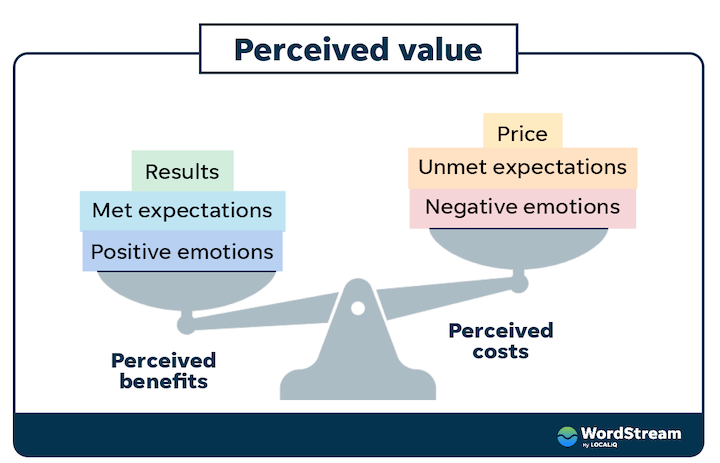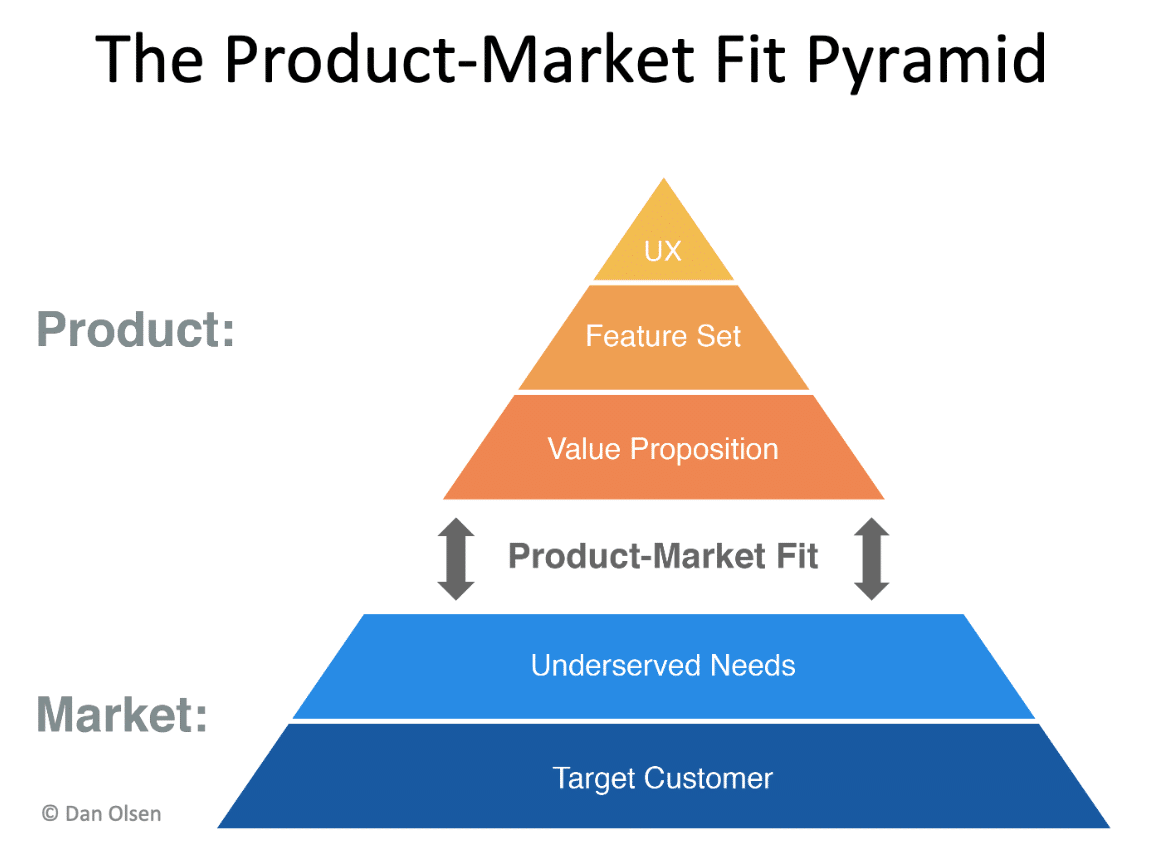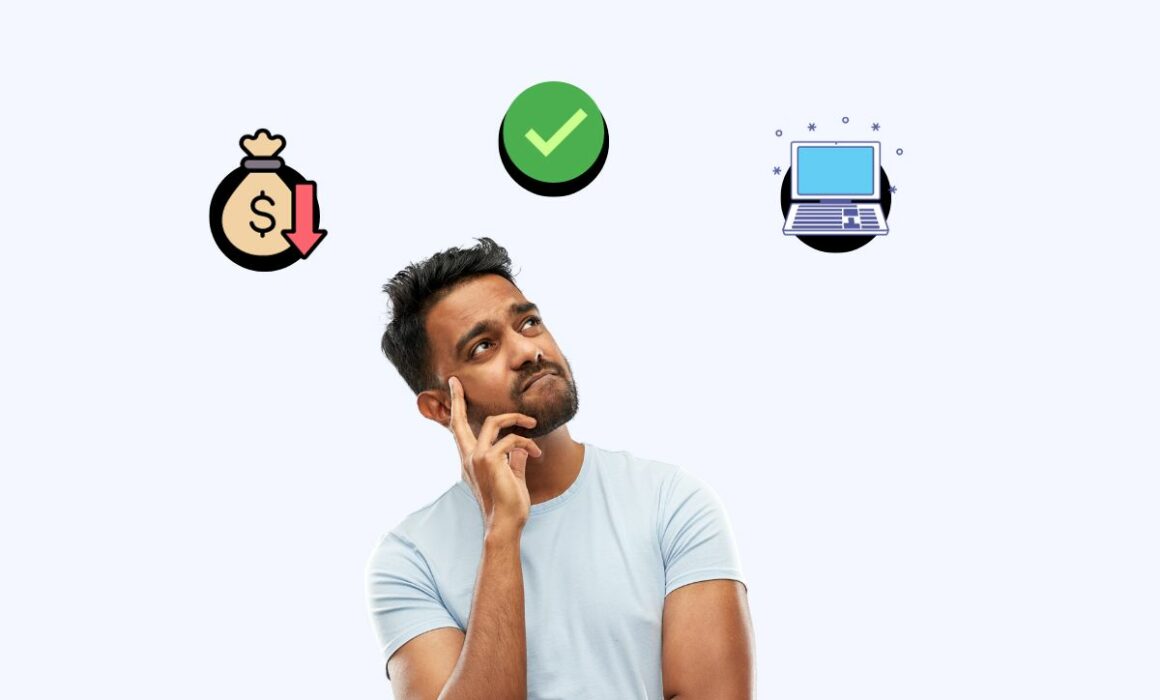Product Value: How To Measure And Boost Your Market Value
Product value measures a product’s key benefits to its users. It is used to set accurate prices for a product.
Measuring a product’s value includes several factors, such as:
- Cost of production
- Market situation, and
- Customer expectations
Product value is not a fixed measure because these factors can change over time.
Determining the product’s value helps organisations set prices and create marketing strategies. It’s also used to help businesses understand their target customers better. This makes product value a deciding factor in whether the product needs upgrades to meet user expectations.
This article will discuss measuring and increasing a product’s value.
Table of Contents
- What is product value?
- What is the product value proposition?
- What are the types of product values?
- How to measure product value?
- How to increase product value?
- Conclusion
- Machine Learning In Finance: 12 Essential Applications
- How To Create Interactive Compliance Training For Bank Employees
- How Fintech Apps Are Using Gamification To Increase User Engagement
- Top Gamification Companies for Employee & Customer Engagement
What is product value?
Product value differs from product to product and is best understood with real-life examples and definitions. You may define the value of your product based on its:
- Cost – Is your product more affordable than its competitors?
- Availability – Can users access your product easily?
- Convenience – Is your product available on multiple devices, especially on mobile phones?
After answering these questions, you’ll see your product’s value clearer. From this, you will then be able to write a product value proposition.
What is the product value proposition?
The product value proposition is a statement that tells the customers why your product is more valuable than others. A good value proposition clearly states the benefits that make your product worthy and unique in the eyes of your customers.
Your product value proposition must describe all the product’s benefits and highlight its most important features. Establish how your product solves user problems and differs from its competition.

What are the types of product values?
The value of your product can be classified in different ways. The different types of product value include:
- Absolute value
- Comparative value
- Real value
- Customer perceived value
- Monetary value
- Social value
Absolute value vs. comparative value
Your product’s absolute value defines how it meets the user’s needs. The comparative value represents how your product better meets customer needs than your competition.
Considering both metrics is essential for positioning the product within the market. A lower comparative value means several competitors provide similar benefits to your product. Conversely, a comparative value that exceeds the absolute value means the product has a distinct advantage over its competitors.
Real value vs. customer perceived value
The real value of a product is straightforward. It simply defines the main benefits your product delivers. In contrast, the customer perceived value is how valuable your product is in the eyes of your target customers.
To have a higher customer perceived value, ensure your product’s benefits outweigh its cost.

Source: wordstream
If your customer perceived value is low, improve your marketing strategies and communicate the true value of your product better.
Remember to avoid presenting the product better than it is. Although doing this may result in a higher perceived value, it usually leads to a value gap and customer disappointment.
Monetary value vs. social value
A product’s monetary value can easily be measured as it’s expressed solely in money. It measures how much revenue a product can generate for a business or its worth to users. Monetary value helps businesses understand how much customers are willing to pay for a product.
On the other hand, social value measures how much your product allows the customers to connect with others.
How to measure product value?
The measurement of product value varies for each product. Here are four ways to measure product value:
#1. By profit
Many businesses measure product value by profitability because it’s straightforward. Use the equation Benefits / Cost = Value.
The advantage of measuring product value by profit is that it’s concrete and quantifiable. There is a solid equation for calculating product value throughout the product lifecycle. Additionally, profit is a foolproof metric to measure the success and value of any product.
However, measuring the product value by profit only focuses its benefits on businesses, not users. As you know, not all products generate revenue. If your digital product doesn’t generate income, you can measure its value by market position, utility, and customer perception instead.
#2. By market position
Another metric to determine product value is its market position. To measure your product’s position in the market, collect and analyse data from the following sources:
- Customer feedback
- Reviews
- Testimonials
- Web analytics
- Sales reports
- Social media
- Market research
Analysing the above data provides indicators that show how your market position resonates with your target market. You want to look for brand awareness, customer satisfaction, retention, conversion rates, and market share.
One of the strategies to use when analysing your market position is the Product-Market Fit (PMF) survey. Unlike any other market survey, you will not ask how satisfied the users are with the product. Instead, you will ask them how disappointed they will be if the product suddenly becomes unavailable.
If at least 40% of customers say they’d be “very disappointed”, you’ll know you’ve achieved the product-market fit.

#3. By utility
Products that provide ease and convenience to their daily lives are valuable to users. This makes utility an essential measurement of the product value. One way of measuring the utility of your product is by tracking product usage.
So, what should you look for when tracking product usage?
Product adoption is one of the best indicators of product value. If customers regularly use your product, it shows its excellent value.
Analytics tools such as Google Analytics can give you insights on what and how to track product usage. You can track engagement and customise events and user interactions you want to follow.
By monitoring product adoption, you will see your product’s utility and measure its value.
#4. By customer perception
Your product is a massive part of your brand. That’s why how customers perceive your product plays a huge role in your brand image. Customer perception is an excellent metric that can be measured over time and compared to your competition.
You can use frameworks like Net Promoter Score (NPS) to measure customer perception.
NPS is a metric that asks customers how likely they are to recommend your product to another consumer. Since it measures the overall view of your customer towards your product, it helps estimate the customer’s perceived value.
To measure, you can create an in-app survey or email after every purchase your customer makes. Ask customers how likely they are to recommend your product to their family or friends. Then, collect the data and calculate your NPS score.
How to increase product value?
Increasing product value takes a lot of planning, critical thinking and understanding of customer behaviour. Here are four ways to increase product value:
#1. Improve user experience
Understanding customer needs and finding innovative solutions is the key to an excellent user experience. Empathise with your users and understand their problems to create an intuitive product that eases their daily workflow.
A good user experience gives users a flawless customer journey across different digital platforms. Consider adding or improving features to help solve their problems.
But how can you identify which features to enhance to increase product value?
You can easily identify issues and opportunities for improvement through user feedback. Ask your customers for feedback and feature requests to know which features to add or upgrade.
Focus on establishing excellent product performance and improving user experience as often as possible.
#2. Enhance user onboarding
Excellent user onboarding shortens the users’ time to realise your product’s value. This is crucial because the shorter the time to realise product value, the better the user experience is. And excellent user experience translates to increased customer perceived value.
To enhance your user onboarding, make it personal, enjoyable, and informative for new users. You can create video tutorials to guide your users throughout the onboarding process. You can also apply gamification strategies to make it a fun and competitive experience.
But what is gamification?
#3. Use gamification strategies to revamp your product
Gamification is applying game-like elements to make a non-game environment more engaging. It can help improve user engagement, drive more conversions, and, ultimately, increase product value.
Here are some gamification strategy ideas you can implement:
Loyalty programs
Rewarding customer loyalty improves how they perceive a product’s value.
Gamifying your loyalty program makes it fun and interactive, drives engagement, and increases brand loyalty.
To implement, set up a pointing system that lets customers earn points based on their interactions with the product. These points can then be converted into incentives, discounts, or freebies your users will surely enjoy.
Loyalty programs encourage customers to keep using your product and prove its value.

Source: starbucks
Competition and rewards
You can also improve the customer perceived value for digital products by implementing competition and a rewards system.
To implement, set challenges for your users to participate in, post a public ranking system, and reward the top performers. This strategy will increase your users’ interest and excitement in using the product and provide a great user experience.
You may also implement leaderboards and badges to recognise users who have accomplished your challenges.
Virtual games
Virtual games come in different forms. You can create simple spin-the-wheel types of pop-up games when new users click through your website or application. You can also create virtual scratch cards with prizes or discounts for your users to win.
Keep it simple and enjoyable, no matter your type of virtual game. The key is not to complicate the game and always let your users win something.
#4. Target the right audience
Targeting the right audience directly impacts the product value. No matter how good your value proposition is, if it targets the wrong audience, product value won’t increase.
Review your market position if you suspect you’re not targeting the right audience for your product. Ensure that your product value statement is aimed at customers who will surely benefit from your product.
Conclusion
Product value is a complex concept to understand. You need to be familiar with many aspects of the business and the product to measure and increase it fully.
To increase product value, focus on satisfying the needs of your target users better than your competitors. Improve user experience by enhancing product features and providing a smooth digital experience to your customers.
If you’re curious about how gamification can revolutionise your product and increase its value, book a demo with Mambo today!
Download your free
“Gamification Guide”
Get your PDF now and start transforming your approach to digital engagement!
Latest Posts
Machine Learning In Finance: 12 Essential Applications
The impact of machine learning on finance is significant. Thanks to this technology, financial institutions are now equipped to make efficient decisions. Through the analysis of data sets, machine learning […]
How To Create Interactive Compliance Training For Bank Employees
Banking compliance training isn’t just another task. It’s the stage where everything else performs. Banks must navigate a myriad of regulations and laws. After all, this is a trust-driven, high-stakes […]
How Fintech Apps Are Using Gamification To Increase User Engagement
Discover how gamification in fintech is revolutionizing financial engagement, making banking fun & boosting user loyalty.





